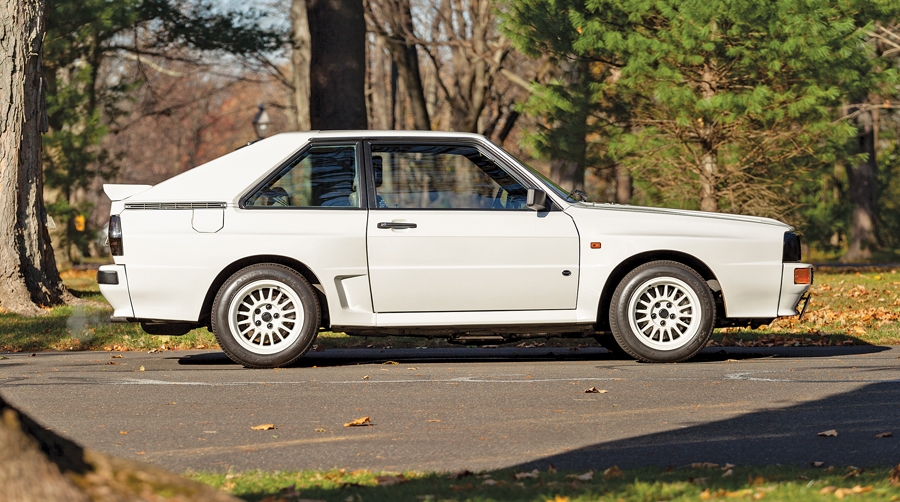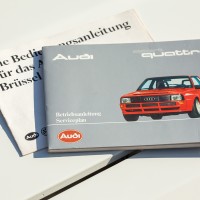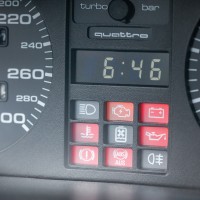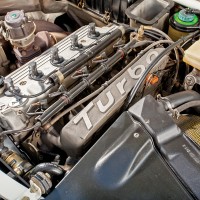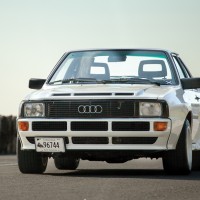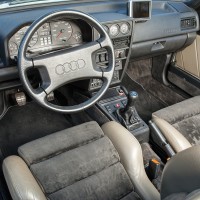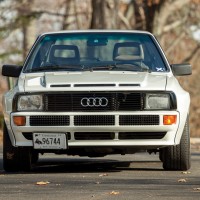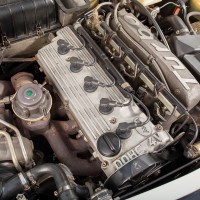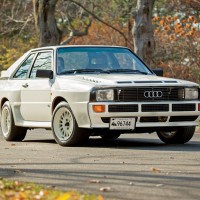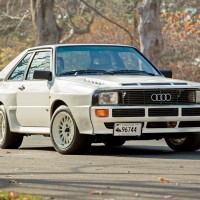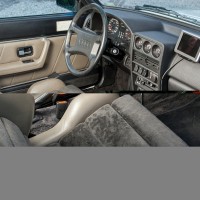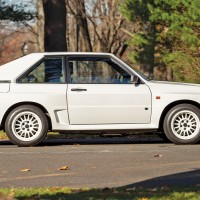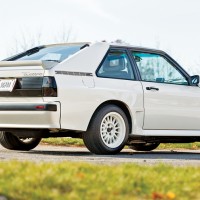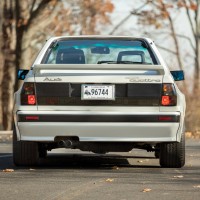SCM Analysis
Detailing
| Vehicle: | 1984 Audi Quattro Sport SWB coupe |
| Years Produced: | 1984–86 |
| Number Produced: | 214 |
| Original List Price: | DM203,850 ($80,000) |
| SCM Valuation: | $130,000–$175,000 |
| Tune Up Cost: | $400 |
| Distributor Caps: | $23.95 |
| Chassis Number Location: | Passenger’s side of firewall |
| Engine Number Location: | Right side engine block underneath spark plugs |
| Club Info: | Audi Club of North America, Quattro Owner’s Club |
| Website: | http://www.audiclubna.org |
| Alternatives: | 1984–86 Ford RS200, 1980–86 Renault 5 Turbo, 1998 Subaru Impreza 22B |
| Investment Grade: | B |
This car, Lot 247, sold for $401,500, including buyer’s premium, at RM Auctions’ Arizona Auction in Phoenix, AZ, on January 16, 2015.
A little over a year ago (January 2014, German Profile, p. 62), we looked at a slightly hinky 1985 Audi Quattro Sport that sold in Great Britain (SCM# 227842) for the remarkable sum of $184,860. The less-than-perfect car carried a cheap respray in an odd color, and visible crash damage, but it set a new high price for the model. At the time, we observed, “The best news from this sale belongs to the other 163 Quattro Sport owners, especially if their cars are unmolested and in good condition.”
Before we talk about how good that news really turned out to be, let’s revisit what makes these cars so desirable in the first place. If you hang around German car circles, you’ve probably seen a mid-’80s Quattro that looks pretty much like this car. But while rare, those Quattros are really no big deal. They are the original “Ur-Quattro” long-wheelbase cars, which were delivered with a normally aspirated 5-cylinder engine good for 160 horsepower. Audi made 11,452 of these, with about 750 sold in North America between 1983 and 1986.
The short-wheelbase Quattro Sport — our subject car — was a different animal entirely.
A rally-winning beast
The Quattro Sport was a pure homologation model built for competition in the FIA World Rally Championship. Audi made just 214 of these cars. One-hundred sixty-four cars were sold to the public at an initial price of DM203,850 (about $80,000), and the rest were dedicated to rally use by Audi or other professional rally teams.
The Quattro Sport offered Audi’s most powerful engine in that series, rated at 302 horsepower out of a turbocharged 5-cylinder DOHC 20-valve engine. The aluminum engine and Kevlar bodywork panels were lightweight, and top speed was claimed at 155 mph. The Quattro Sport also featured the first appearance of anti-lock brakes on an Audi Quattro.
Pure as the rarely driven snow
Which brings us to this particular Quattro Sport. This car was originally sold to a collector in Japan, who then sold it to a collector in the United States some years ago. Apart from the somewhat bizarre addition of a dash-mounted GPS unit, the car is a time capsule, with 8,300 km (5,157 miles) since new. RM informed all bidders that the odometer has not been functioning for an undisclosed amount of time, but the car certainly looks like a roughly 5,000-mile preservation example.
Audi Quattro Sports came in your choice of Tornado Red, Alpine White, Copenhagen Blue, Malachite Green, or black. More than half of total production (128 cars) was red, but the second-most-popular color (48 cars) was white.
The stock trim welting and badging gives credence to the claim that this is original factory paint and an undamaged body. The original owner’s manuals, stock trunk kit with sport seat belts and an original toolkit, along with the original Audi hubcaps on the Ronal wheels, all indicate a car that has been lovingly stored.
Only the patina of rust on the exhaust and turbo plus a bit of less-than-concours cleanliness in the engine bay point to any real use at all. Not even the leather shift knob shows any wear. This car is the mythic white unicorn of Audi Quattros.
So, the question we posed last year — what would a really good example of a Quattro Sport bring at auction? — has been answered, and it’s a cool $401,500. Once again the owners of the other 163 known examples are the big winners. Perhaps the biggest winner is the buyer who took home last year’s example, as it won’t cost a fraction of the difference to put that car right. Owners of conventional long-wheelbase Quattros have reason to crack a smile, too. Their upside potential just got a big turbo-boost. ♦
(Introductory description courtesy of RM Auctions.)
